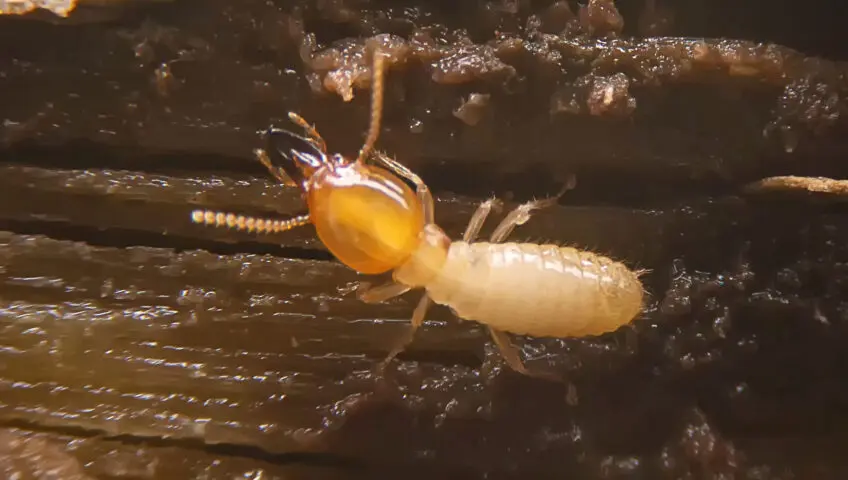When it comes to protecting our homes, we think about locking doors and installing security systems. However, there’s a silent threat that can undermine your dwelling: termites. These tiny, wood-eating insects may be small, but their collective power can lead to significant damage. Regular termite inspections are not just an option but a necessity to safeguard one of the most significant investments.
Termites are a menace
Termites work behind the scenes, often unnoticed, causing irreversible damage before their presence is obvious. These insects thrive on cellulose-based materials like wood, which is abundant in most homes. As they tunnel through wood, they weaken its structural integrity, potentially leading to costly repairs and even collapse. To make matters worse, many homeowner insurance policies do not cover termite damage, placing the financial burden squarely on the homeowner.
The need for regular inspections
Early detection: Regular termite inspections are crucial for early detection. Trained professionals can identify signs of termite activity before extensive damage occurs. Catching an infestation in its early stages can save homeowners thousands of dollars in repair costs.
Preventive measures: Timely inspections allow homeowners to take preventive measures. If termites are detected or there’s a high risk of infestation, appropriate treatments can provide a barrier against these pests.
Customized solutions: Not all termite infestations are the same. Professional inspectors can assess the specific type of termites involved and tailor the treatment plan accordingly. This targeted approach increases the chances of effective eradication.
Preserving property value: A home plagued by termite damage can lose a great deal of value. By scheduling regular inspections, homeowners can ensure that their property retains its value over time, making it more attractive to potential buyers.
Frequency of inspections
The frequency of termite inspections depends on various factors, including the region’s termite activity, climate and the construction materials used. In areas with a high risk of termite infestations (such as Florida), we recommend annual inspections. In parts of the country that are less prone, inspections every two to three years may suffice. It’s crucial to consult with a professional such as Slug-A-Bug to determine the appropriate schedule for your specific circumstances.
DIY vs. professional inspections
While DIY termite detection kits are available, they are often less reliable than professional inspections. Trained inspectors know where to look for termite activity, signs of damage and potential vulnerabilities in your home’s defenses. Their expertise can make the difference between early detection and costly repairs.
By catching termite activity early, implementing preventive measures and seeking professional expertise, you can fortify your property against these silent destroyers. Give Slug-A-Bug a call at (321) 259-7844.
For more information:
https://www.epa.gov/safepestcontrol/termites-how-identify-and-control-them
https://www.forbes.com/home-improvement/pest-control/signs-of-termite-damage
https://www.forbes.com/home-improvement/pest-control/signs-of-termite-damage
https://realtybiznews.com/property-management-how-pest-problems-can-affect-your-property-value
